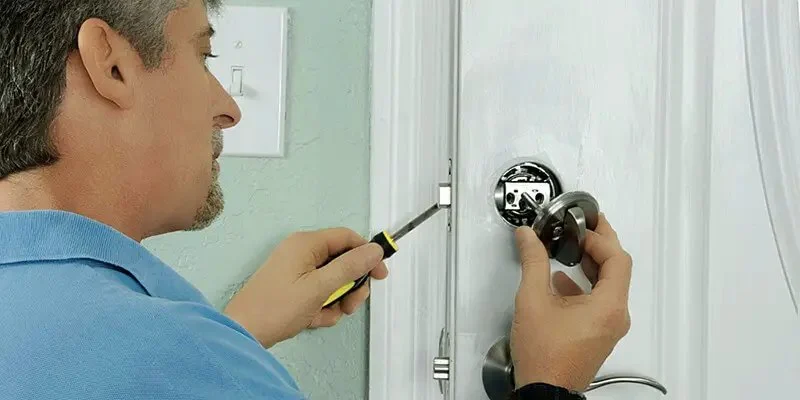
How to Protect Your Home from Lock Prying: Locksmith Tips
Lock prying is one of the most common burglary techniques used by intruders to force entry into homes. Even the strongest locks can be vulnerable if the door frame or installation is weak. Understanding how to secure your locks properly and strengthen your entry points is essential for every homeowner. In this guide, we’ll explore how to protect your home from lock prying, the tools burglars use, and what professional locksmiths recommend to keep your home safe.
- 1. Understanding Lock Prying and How It Works
- 2. Weak Points in Home Security
- 3. Locksmith Tips for Preventing Lock Prying
- 4. Choosing Stronger Locks and Door Hardware
- 5. Real-Life Cases and Lessons Learned
- 6. How Locksmith Finder Can Help Secure Your Home
1. Understanding Lock Prying and How It Works
Lock prying involves using a tool — often a crowbar, screwdriver, or pry bar — to apply leverage between the door and frame to force the latch or bolt open. Criminals typically target areas around the lock cylinder or strike plate, where structural weaknesses make it easier to break through.
Why It’s So Common
Unlike lock picking, prying doesn’t require special skills or precision. It’s fast, noisy, and relies purely on physical force. Unfortunately, many standard residential locks are not designed to withstand such brute-force attacks, especially when paired with a weak door frame.
How Burglars Exploit Weaknesses
Burglars often identify vulnerable entry points such as hollow-core doors or poorly installed locks. Even a high-quality deadbolt can fail if it’s not reinforced with a sturdy strike plate or if the screws holding it are too short. Understanding these vulnerabilities helps homeowners take proactive steps toward better protection.
2. Weak Points in Home Security
Every home has structural and design weaknesses that can make it easier for intruders to pry open doors or manipulate locks. Recognizing these areas allows you to strengthen your home’s overall defense.
Door Frame and Material
The door frame is the first line of defense. Wooden frames, especially those made from softwood, can split easily when pried. Metal or reinforced steel frames offer much better resistance against forced entry attempts.
Strike Plates and Screws
Most standard strike plates use short screws — sometimes less than one inch long — that only anchor into the door trim, not the wall stud. Replacing them with 3-inch screws provides a much stronger hold and reduces the chance of the door being forced open.
Lock Type and Placement
Locks placed too close to the door edge are easier to pry open. Similarly, single-cylinder locks without reinforced plates or anti-pry shields are far more vulnerable than double-cylinder deadbolts or smart locks designed with anti-pry technology.
3. Locksmith Tips for Preventing Lock Prying
Professional locksmiths emphasize the importance of combining strong hardware with smart installation techniques. Here are some expert recommendations that can significantly increase your home’s resistance to forced entry.
1. Reinforce Door Frames
Install a metal reinforcement plate or door jamb armor kit around the frame. This helps distribute force evenly when pressure is applied, making it much harder to pry the door open.
2. Upgrade to Anti-Pry Locks
Modern high-security locks are designed with reinforced housings and anti-pry shields. Look for locks certified under ANSI Grade 1 standards, as they provide the highest level of durability and resistance to attacks.
3. Add Secondary Locks
Adding additional security features, such as door chains, latch guards, or smart locks, provides an extra barrier against intruders. Smart locks with tamper alerts can even notify you in real-time if someone tries to force entry.
4. Choosing Stronger Locks and Door Hardware
Not all locks are created equal. When protecting against lock prying, material quality and certification are key factors to consider.
Deadbolts vs. Smart Locks
Traditional deadbolts remain effective if they’re properly installed and reinforced. However, smart locks offer convenience and added protection through tamper detection and reinforced mechanisms. Many homeowners now combine both for optimal security.
Use Reinforced Strike Plates
Strike plates made from hardened steel and anchored with long screws can resist up to 1,000 pounds of force. Locksmiths recommend using heavy-duty models that cover a larger surface area for enhanced protection.
Install Door Edge Guards
Door edge guards prevent crowbars or pry tools from gaining leverage on the door edge. These inexpensive additions can significantly increase your door’s resistance to forced entry.
5. Real-Life Cases and Lessons Learned
In 2023, a series of home break-ins in suburban Texas highlighted how vulnerable standard locks can be. Investigators found that intruders used simple pry bars to break through front doors within seconds. In contrast, homes equipped with reinforced frames and anti-pry locks were untouched — a clear reminder that preparation pays off.
Similarly, a homeowner in Florida shared how upgrading to smart locks and door armor after a failed break-in attempt gave them peace of mind. The small investment not only prevented further incidents but also reduced their home insurance premium due to improved security measures.
6. How Locksmith Finder Can Help Secure Your Home
At Locksmith Finder, we connect you with trusted professionals who specialize in home security and lock reinforcement. Whether you’re replacing old hardware, upgrading to smart locks, or reinforcing your doors, Locksmith Finder helps you find the best local locksmiths to meet your needs.
Visit Locksmith Finder today to discover certified locksmiths, high-security lock options, and expert tips to keep your home protected from lock prying and other break-in techniques.





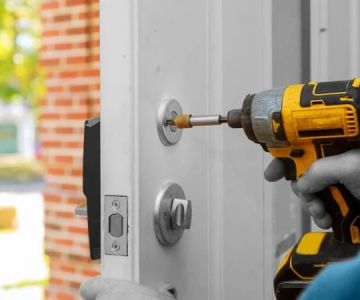



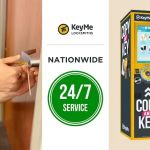 KeyMe Locksmiths4.0 (2 reviews)
KeyMe Locksmiths4.0 (2 reviews)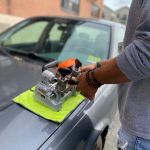 KeyMe Locksmiths4.0 (17 reviews)
KeyMe Locksmiths4.0 (17 reviews) KeyMe Locksmiths2.0 (14 reviews)
KeyMe Locksmiths2.0 (14 reviews) KeyMe Locksmiths4.0 (11 reviews)
KeyMe Locksmiths4.0 (11 reviews)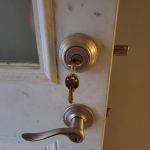 KeyMe Locksmiths5.0 (1 reviews)
KeyMe Locksmiths5.0 (1 reviews) Bills Fixit Shop4.0 (225 reviews)
Bills Fixit Shop4.0 (225 reviews) How to Secure Your Fence Gate: Locksmith Solutions for Maximum Protection
How to Secure Your Fence Gate: Locksmith Solutions for Maximum Protection How to Secure Your Fence Gate: Locksmith Solutions
How to Secure Your Fence Gate: Locksmith Solutions How to Secure Sliding Glass Doors With Smart Locks and Deadbolts
How to Secure Sliding Glass Doors With Smart Locks and Deadbolts How to Protect Your Business With Master Key Systems: A Comprehensive Guide
How to Protect Your Business With Master Key Systems: A Comprehensive Guide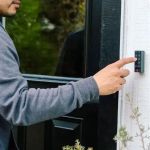 The Importance of Installing a Keypad Lock in Your Home
The Importance of Installing a Keypad Lock in Your Home The Importance of Installing a Security Screen Door in Your Home | Locksmith Finder
The Importance of Installing a Security Screen Door in Your Home | Locksmith Finder